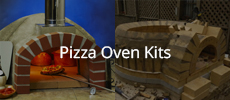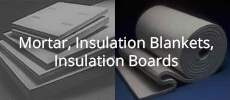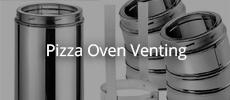Originally posted by Giovanni Rossi
View Post
I have some skills with my hands, and learnt lots doing renovations in a few houses in my life. That said, transferring that knowledge and applying it to this project does require a considerable degree of problem solving. I’ve enjoyed it so far, and as hard as it has been on the old body, the physical exercise has been beneficial. My long term back pain has virtually disappeared, like a miracle.
Still lots to do, so I’m focussing on what’s coming and enjoying looking in the rear vision mirror at the result so far. Cut the calcium silicate sheets today, and lots planned this next week to prepare for starting on the dome.





Leave a comment: